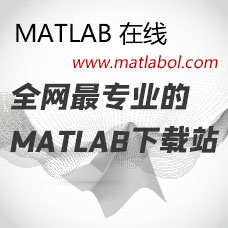西电中期答辩PPT模板
于 2021-05-07 发布
0 343
下载积分: 1
下载次数: 3
代码说明:
一个西电中期答辩的PPT,关于鲁棒水印设计。中期答辩其实就是相当于这段时间毕设进度的汇报工作,重要但不是太严格。
下载说明:请别用迅雷下载,失败请重下,重下不扣分!
发表评论


